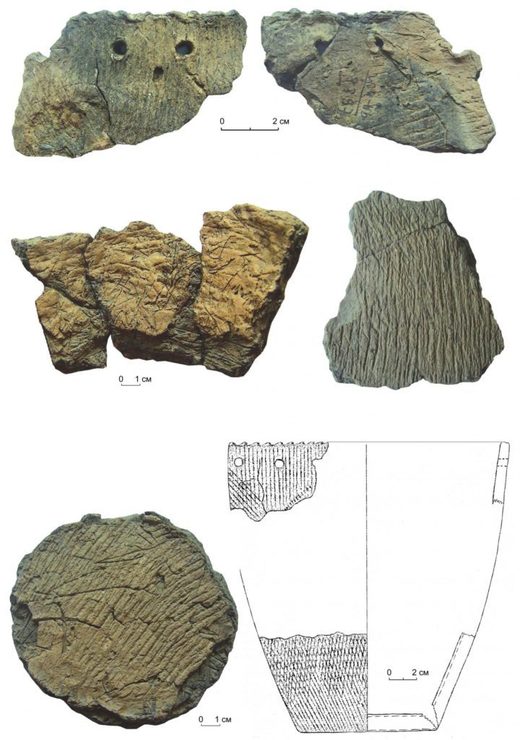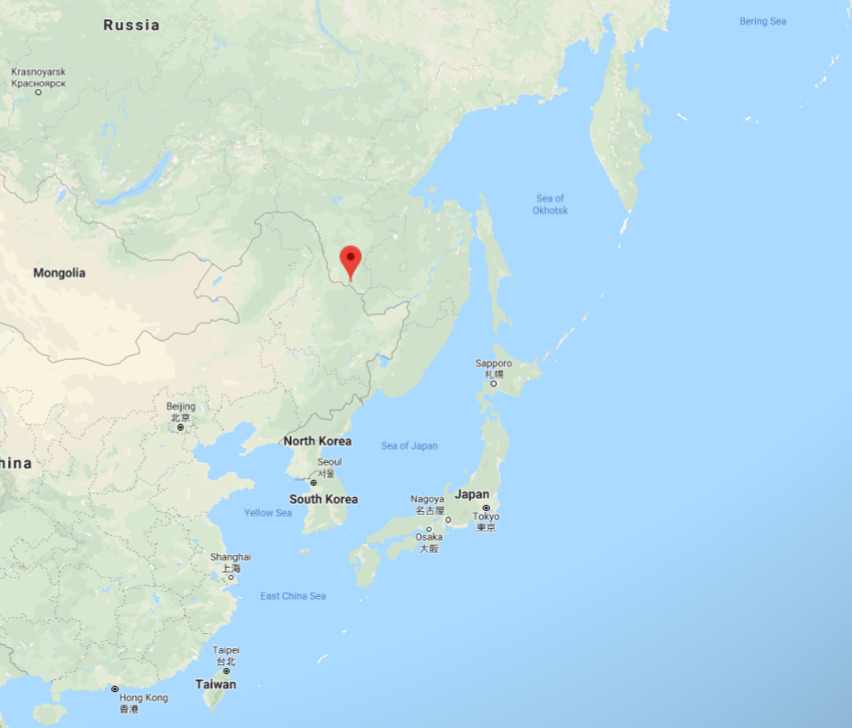The research - which was undertaken at the University of York - also suggests there was no single point of origin for the world's oldest pottery.
Academics extracted and analysed ancient fats and lipids that had been preserved in pieces of ancient pottery - found at a number of sites on the Amur River in Russia - whose dates ranged between 16,000 and 12,000 years ago.
Potential
Professor Oliver Craig, Director of the BioArch Lab at the University of York, where the analysis was conducted, said: "This study illustrates the exciting potential of new methods in archaeological science: we can extract and interpret the remains of meals that were cooked in pots over 16,000 years ago.
"It is interesting that pottery emerges during these very cold periods, and not during the comparatively warmer interstadials when forest resources, such as game and nuts, were more available."
Comment: As Pierre Lescaudron demonstrates in his article Of Flash Frozen Mammoths and Cosmic Catastrophes the climate in Siberia was different back then - it was temperate - this fact would solve the conundrum the researchers are facing.
Why these pots were first invented in the final stages of the last Ice Age has long been a mystery, as well as the kinds of food that were being prepared in them.
Climatic fluctuation
Researchers also examined pottery found from the Osipovka culture also on the Amur River. Analysis proved that pottery from there had been used to process fish, most likely migratory salmon, which offered local hunters an alternative food source during periods of major climatic fluctuation. An identical scenario was identified by the same research group in neighbouring islands of Japan.
The new study demonstrates that the world's oldest clay cooking pots were being made in very different ways in different parts of Northeast Asia, indicating a "parallel" process of innovation, where separate groups that had no contact with each other started to move towards similar kinds of technological solutions in order to survive.
Comment: For an idea of the distance betwen these two cultures, the map below shows the Amur river, indicated by the red mark, Japan and its islands are labelled. Also bear in mind that sea levels were lower back then.
Lead author, Dr Shinya Shoda, of the National Research Institute for Cultural Properties in Nara, Japan said: "We are very pleased with these latest results because they close a major gap in our understanding of why the world's oldest pottery was invented in different parts of Northeast Asia in the Late Glacial Period, and also the contrasting ways in which it was being used by these ancient hunter-gatherers.
"There are some striking parallels with the way in which early pottery was used in Japan, but also some important differences that we had not expected. This leaves many new questions that we will follow up with future research."
Origin point
Professor Peter Jordan, senior author of the study at the Arctic Centre and Groningen Institute of Archaeology, University of Groningen, the Netherlands said: "The insights are particularly interesting because they suggest that there was no single "origin point" for the world's oldest pottery. We are starting to understand that very different pottery traditions were emerging around the same time but in different places, and that the pots were being used to process very different sets of resources.
"This appears to be a process of "parallel innovation" during a period of major climatic uncertainty, with separate communities facing common threats and reaching similar technological solutions."
The last Ice Age reached its deepest point between 26,000 to 20,000 years ago, forcing humans to abandon northern regions, including large parts of Siberia. From around 19,000 years ago, temperatures slowly started to warm again, encouraging small bands of hunters to move back into these vast empty landscapes.





Comment: Was it that the conditions on our planet were shifting so considerably that cookware of this kind was suddenly necessary?
- Evidence of peaceful prehistoric Japanese hunter-gatherers shows violence and warfare were uncommon
- Did Earth 'Steal' Martian Water?
- Volcanoes, Earthquakes And The 3,600 Year Comet Cycle
- The Golden Age, Psychopathy and the Sixth Extinction
Also check out SOTT radio's: